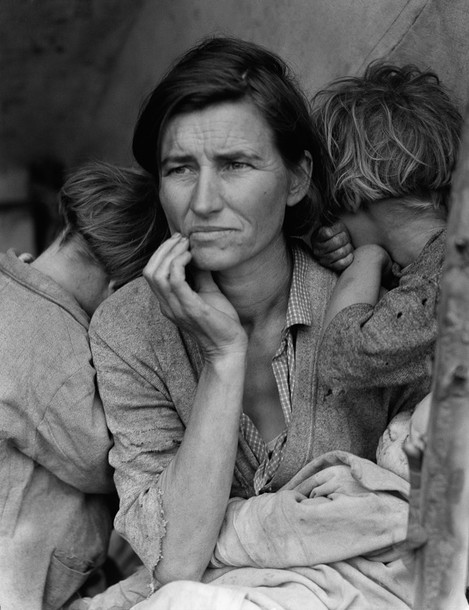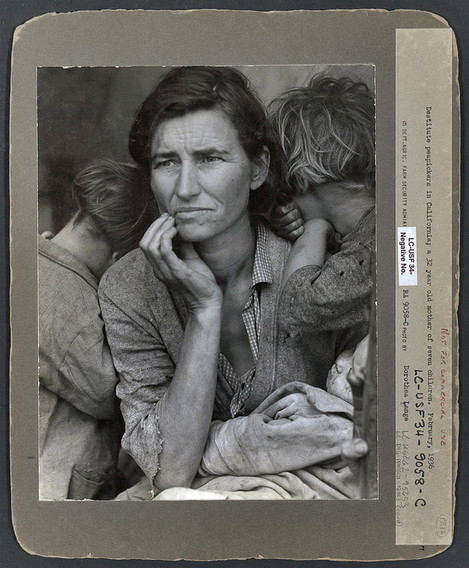Ed Hannam talks about one of his favourite images

Ed Hannam
Born in Harrogate, North Yorkshire, in 1949 I label myself as a ‘Landscape Photographer’ but in truth will make images of any subject or genre that catches my eye. Working(?) with digital and both medium and large format film cameras, I eventually realised that I wasn’t going to be Joe Cornish, David Ward, Ansel Adams or any other accomplished photographer and would have to be satisfied with being myself.
It was way back in the mid 1960s that I first realised that songs could have so much more importance than the cost of doggies in windows and the pleasures of swooning under the moon in June and that, with the emergence of song writers such as Bob Dylan, Roy Harper, Buffy Sainte-Marie and in Britain, Donovan, songs could have a message and a conscience. To me at this time, this was a totally new concept but once I started to explore this new found genre I soon realised that this was indeed nothing new: the likes of Pete Seeger, Woodie Guthrie (who had been a great influence on Dylan) and, over here, Ewan MacColl had been penning this sort of song for years, if not decades. I have no doubt that if you dug deep enough, you would find that it has been going on for centuries!
In 1940 Woodie Guthrie released the album‚ "Dust Bowl Ballads" a collection of songs that he had penned about his experience as an "Okie" during the great dust storms of America in the 1930s.
The Dust Bowl of the 1930s affected the 'Great Plains' of Colorado, Kansas, New Mexico, Oklahoma, Texas and Arkansas where severe drought, the plains winds and poor farming methods meant that the area was virtually stripped of its top soil making future crop growing impossible. This, coupled with the Great Depression, forced thousands of farmers to abandon their homes and head for what was seen as the honeypot of the orchards and crop fields of California. However, this influx of migrant workers soon saturated the market for crop pickers, and many were either turned away at the border or warned not to make the journey at all. In Guthrie`s song "Do-re-mi" he writes:
Lots of folks back East, they say, is leavin' home every day,
Beatin' the hot old dusty way to the California line.
Cross the desert sands they roll, gettin' out of that old dust bowl,
They think they're goin' to a sugar bowl, but here's what they find
Now, the police at the port of entry say,
"You're number fourteen thousand for today."
Oh, if you ain't got the do re mi, folks, you ain't got the do re mi,
Why, you better go back to beautiful Texas, Oklahoma, Kansas, Georgia, Tennessee.
California is a garden of Eden, a paradise to live in or see;
But believe it or not, you won't find it so hot
If you ain't got the do re mi.(In this context Do re mi means money)
In 1935 the American Government set up the Farm Security Administration (FSA) to try to ease the plight of poor farmers and migrant workers by buying up their land and re-settling them in group government owned farms more suitable for effective crop production under the guidance of "experts". This was, however, criticised by amongst others the Farm Bureau and after the Conservative Coalition had taken control of Congress, the FSA was transformed into a scheme for poor farmers to buy their own land. This scheme still exists to this day as The Farmer`s Home Administration.
From 1935 t0 1944 the FSA ran a program of photography, hiring photographers to document the plight of poor farmers and migrant workers. Altogether, eleven photographers were hired for this project, but in particular Gordon Parks, Walker Evans and Dorothea Lange.
The Photograph that I would like to highlight here is "Migrant Mother" by Dorothea Lange. This was a sequence of five images made of Florence Owens Thompson and her children in 1936 in a pea picker's camp Nipomo, California.
In Dorothea`s words, published in Popular Photography in February 1960:
I saw and approached the hungry and desperate mother as if drawn by a magnet. I do not remember how I explained my presence or my camera to her, but I do remember she asked me no questions. I made five exposures, working closer and closer from the same direction. I did not ask her name or her history. She told me her age that she was thirty-two. She said that they had been living on frozen vegetables from the surrounding fields, and birds that the children are killed. She had just sold the tires from her car to buy food. There she sat in that lean- to tent with her children huddled around her, and seemed to know that my pictures might help her, and so she helped me. There was a sort of equality about it.
Dorothea Lange
In fact, Lange made six exposures that day, the last of which is the iconic picture seen here.
Florence Owens Thompson died from cancer on September 16th, 1983 and is buried next to her husband in Lakewood Memorial Park, Hughson, California. Her headstone reads;
"FLORENCE LEONA THOMPSON Migrant Mother - A Legend of the Strength of American Motherhood."
Editor: The image has an interesting aside in that Lange "Photoshopped" out the thumb at the bottom right. In the original picture the thumb appears quite obvious and slightly awkward. Roy Stryker, the head of the FSA Information Division, disliked the fact that the print was edited and filed the unedited version in the FSA catalog as you can see below.



